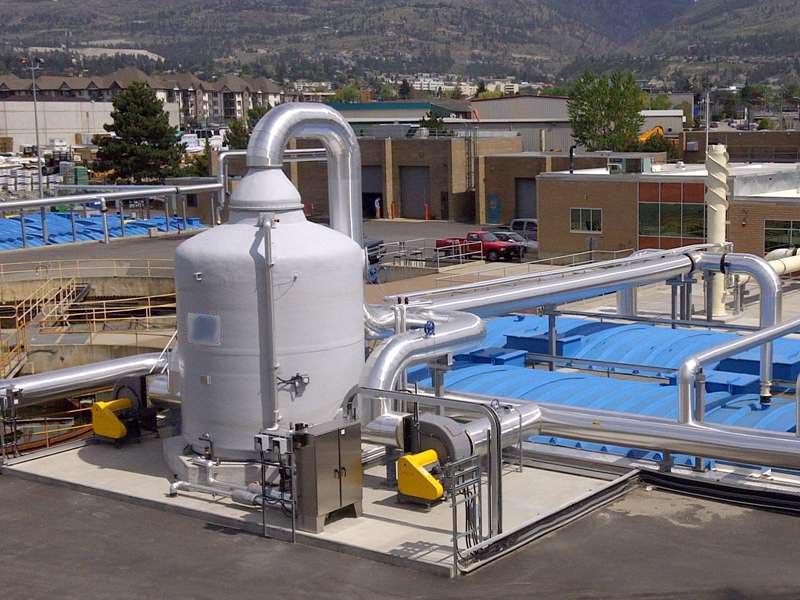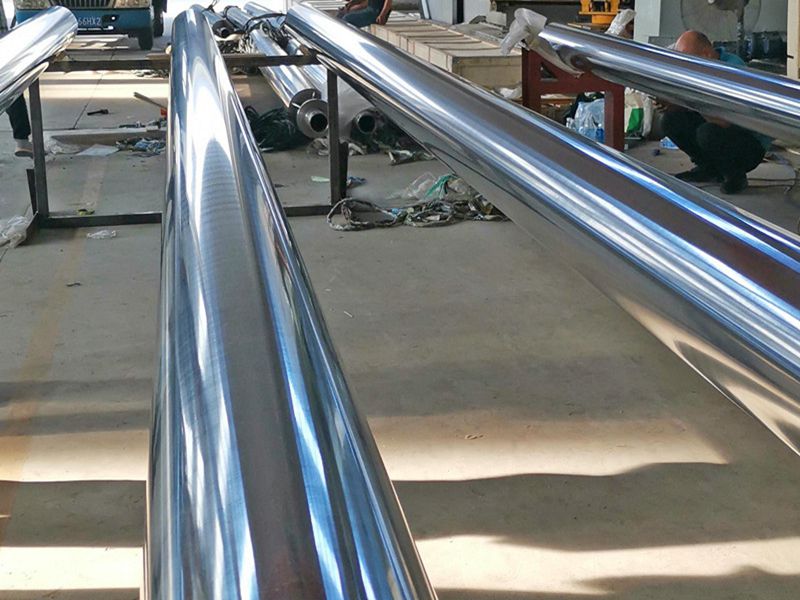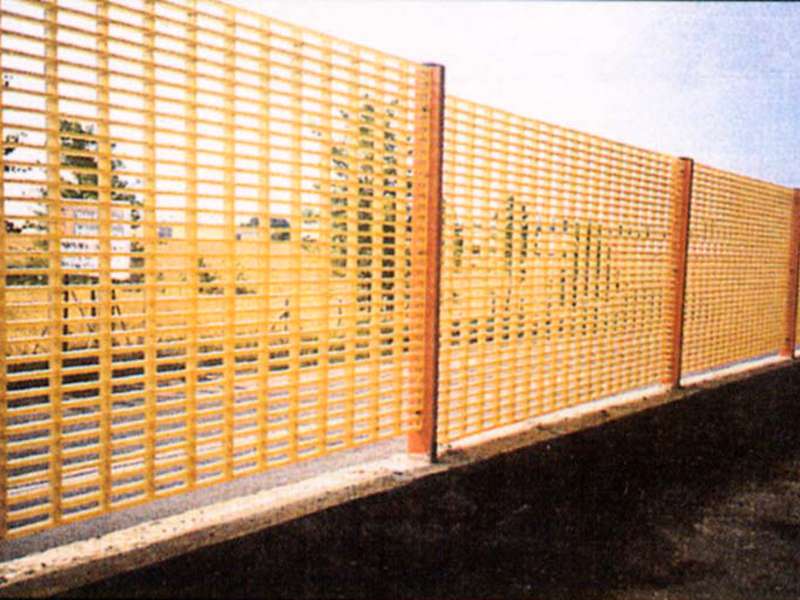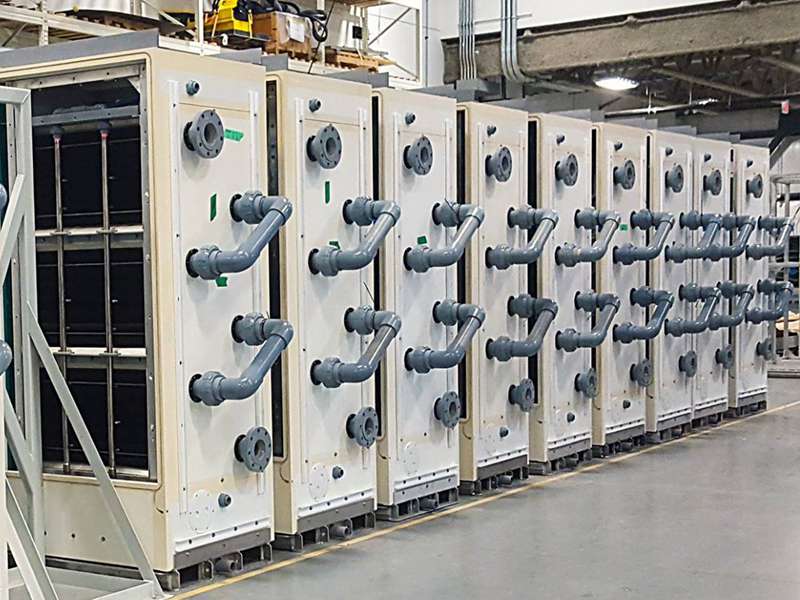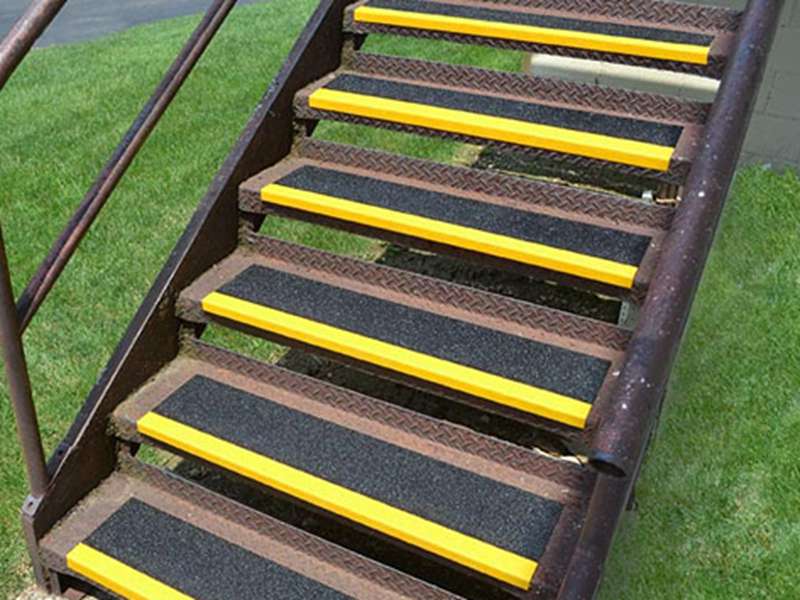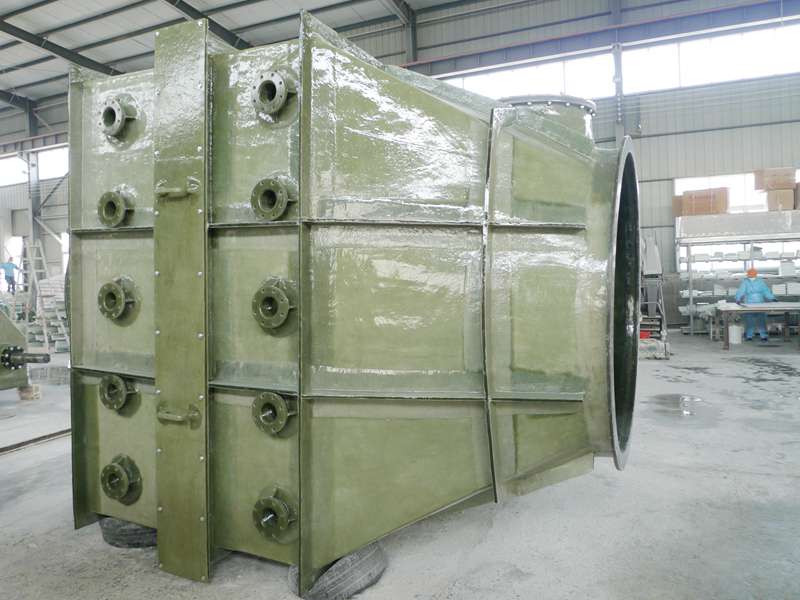
-
 Afrikaans
Afrikaans -
 Albanian
Albanian -
 Amharic
Amharic -
 Arabic
Arabic -
 Armenian
Armenian -
 Azerbaijani
Azerbaijani -
 Basque
Basque -
 Belarusian
Belarusian -
 Bengali
Bengali -
 Bosnian
Bosnian -
 Bulgarian
Bulgarian -
 Catalan
Catalan -
 Cebuano
Cebuano -
 China
China -
 China (Taiwan)
China (Taiwan) -
 Corsican
Corsican -
 Croatian
Croatian -
 Czech
Czech -
 Danish
Danish -
 Dutch
Dutch -
 English
English -
 Esperanto
Esperanto -
 Estonian
Estonian -
 Finnish
Finnish -
 French
French -
 Frisian
Frisian -
 Galician
Galician -
 Georgian
Georgian -
 German
German -
 Greek
Greek -
 Gujarati
Gujarati -
 Haitian Creole
Haitian Creole -
 hausa
hausa -
 hawaiian
hawaiian -
 Hebrew
Hebrew -
 Hindi
Hindi -
 Miao
Miao -
 Hungarian
Hungarian -
 Icelandic
Icelandic -
 igbo
igbo -
 Indonesian
Indonesian -
 irish
irish -
 Italian
Italian -
 Japanese
Japanese -
 Javanese
Javanese -
 Kannada
Kannada -
 kazakh
kazakh -
 Khmer
Khmer -
 Rwandese
Rwandese -
 Korean
Korean -
 Kurdish
Kurdish -
 Kyrgyz
Kyrgyz -
 Lao
Lao -
 Latin
Latin -
 Latvian
Latvian -
 Lithuanian
Lithuanian -
 Luxembourgish
Luxembourgish -
 Macedonian
Macedonian -
 Malgashi
Malgashi -
 Malay
Malay -
 Malayalam
Malayalam -
 Maltese
Maltese -
 Maori
Maori -
 Marathi
Marathi -
 Mongolian
Mongolian -
 Myanmar
Myanmar -
 Nepali
Nepali -
 Norwegian
Norwegian -
 Norwegian
Norwegian -
 Occitan
Occitan -
 Pashto
Pashto -
 Persian
Persian -
 Polish
Polish -
 Portuguese
Portuguese -
 Punjabi
Punjabi -
 Romanian
Romanian -
 Russian
Russian -
 Samoan
Samoan -
 Scottish Gaelic
Scottish Gaelic -
 Serbian
Serbian -
 Sesotho
Sesotho -
 Shona
Shona -
 Sindhi
Sindhi -
 Sinhala
Sinhala -
 Slovak
Slovak -
 Slovenian
Slovenian -
 Somali
Somali -
 Spanish
Spanish -
 Sundanese
Sundanese -
 Swahili
Swahili -
 Swedish
Swedish -
 Tagalog
Tagalog -
 Tajik
Tajik -
 Tamil
Tamil -
 Tatar
Tatar -
 Telugu
Telugu -
 Thai
Thai -
 Turkish
Turkish -
 Turkmen
Turkmen -
 Ukrainian
Ukrainian -
 Urdu
Urdu -
 Uighur
Uighur -
 Uzbek
Uzbek -
 Vietnamese
Vietnamese -
 Welsh
Welsh -
 Bantu
Bantu -
 Yiddish
Yiddish -
 Yoruba
Yoruba -
 Zulu
Zulu
Innovative Techniques and Tools for Enhanced Efficiency in Rock Drilling Operations and Applications
The Evolution and Importance of Rock Drilling Rods in Modern Mining and Construction
Rock drilling rods have become an indispensable tool in various sectors including mining, construction, and geological exploration. These elongated steel tools connect the drill bit to the drilling machine, facilitating the effective penetration of rock formations. Over the years, the design and material composition of these rods have evolved significantly, enhancing their efficiency, durability, and overall performance.
Historically, rock drilling methods were rudimentary, often relying on manual labor or basic mechanical devices. However, the advent of advanced engineering techniques led to the development of more sophisticated drilling rods. Modern rock drilling rods are crafted using high-strength steel alloys that provide greater resilience against wear and tear. This improvement not only extends the life of the rods but also ensures optimal performance during drilling operations.
One of the defining characteristics of rock drilling rods is their ability to transmit torque and impact forces generated by the drilling machine. The rods are typically constructed in a series of connected segments, allowing for flexibility and adaptability to various drilling depths and hardness of rock. This modular approach is crucial, as it allows drillers to tailor their drilling setup according to the specific geological conditions they encounter.
Furthermore, rock drilling rods have been designed to reduce energy consumption and improve drilling efficiency
. Innovative features such as thread designs and tapered ends help to minimize friction and enhance the transfer of energy from the drill to the rock. This not only accelerates the drilling process but also reduces the wear on both the rods and the drill bits, resulting in significant cost savings for mining and construction operations.rock drilling rod
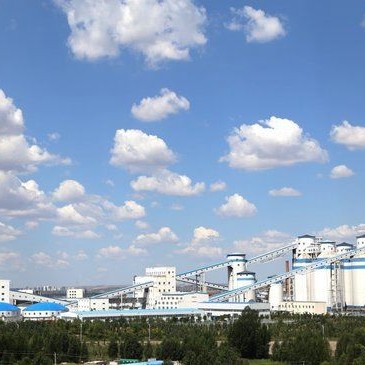
In addition to their engineering advancements, the role of rock drilling rods extends beyond mere function. They play a vital role in safety and environmental protection. In mining operations, for instance, the use of high-quality drilling rods is essential to mitigate the risk of equipment failures that can lead to hazardous situations. Moreover, efficient drilling practices facilitated by advanced rods can minimize the disturbance to surrounding ecosystems and reduce the environmental impact associated with drilling activities.
The versatility of rock drilling rods is evident in their application across different sectors. In mining, they are essential for both surface and underground operations, enabling the extraction of valuable minerals and resources. In construction, these rods assist in the installation of foundational supports, tunneling, and the excavation of site-specific projects. Additionally, geological exploration employs rock drilling rods to gather core samples, contributing to the study of Earth’s geology and the discovery of new resources.
Looking toward the future, the ongoing development of materials science and engineering will likely yield even more sophisticated rock drilling rods. Research into composite materials, for example, may offer lighter yet stronger alternatives that promise to enhance both operational efficiency and sustainability. As industries increasingly focus on eco-friendly practices, innovations that reduce emissions and energy usage during drilling will become pivotal.
In conclusion, rock drilling rods are essential components in the realms of mining and construction, evolving alongside advancements in technology and engineering. Their importance cannot be overstated, as they contribute to efficiency, safety, and environmental stewardship in drilling operations. As we continue to explore and develop our planet’s resources, the role of rock drilling rods will undoubtedly remain critical, laying the groundwork for future innovations in drilling technologies.
Latest news
-
Fiberglass 90 Degree Elbow for Custom Tanks & High Pressure Pipes Durable and Corrosion ResistantNewsJun.24,2025
-
Exploring the Benefits of Top Hammer Drifter Rods for Enhanced Drilling PerformanceNewsJun.10,2025
-
High-Precision Fiberglass Winding Machine for GRP/FRP Pipe Production – Reliable & Efficient SolutionsNewsJun.10,2025
-
FRP Pipes & Fittings for Shipbuilding - Corrosion-Resistant & LightweightNewsJun.09,2025
-
Premium FRP Flooring Solutions Durable & Slip-ResistantNewsJun.09,2025
-
Premium Fiberglass Rectangular Tanks Durable & Lightweight SolutionNewsJun.09,2025



